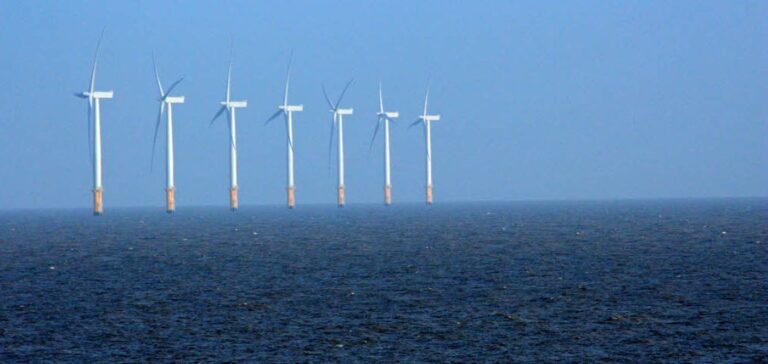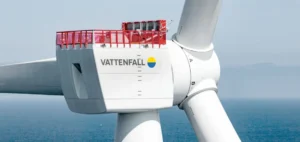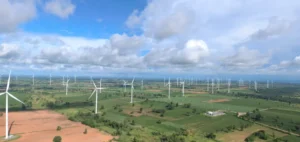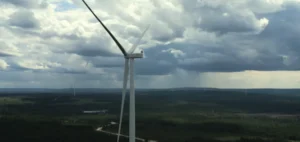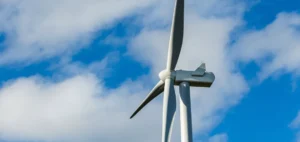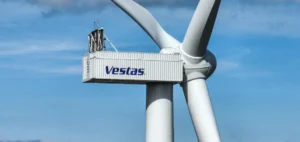The Biden-Harris administration is committed to deploying 30 gigawatts of offshore wind power by 2030. The Bureau of Ocean Energy Management (BOEM) recently announced the availability of final environmental impact statements for two wind farm projects off the coast of New Jersey. These projects, if approved, could generate around 2,800 megawatts of electricity, enough to power nearly a million homes.Atlantic Shores Offshore Wind Project 1 and 2, submitted by Atlantic Shores Offshore Wind, comprise up to 200 wind turbines and up to ten offshore substations. Submarine transmission cables could surface at Atlantic City and Sea Girt. The lease area covers approximately 102,124 acres, located about 8.7 miles off the coast of New Jersey at its closest point.
Public consultation and environmental impact
BOEM conducted four public meetings and one tribal consultation in June 2023 to gather input on the draft environmental impact statement for the Atlantic Shores South projects. These consultations included Tribal Nations, local community members, commercial fishing interests and other ocean users. “The public engagements and tribal consultations were critical to informing the comprehensive environmental assessment of the Atlantic Shores South project,” said Elizabeth Klein, BOEM Director. “Completing this environmental analysis is an important step in realizing the administration’s clean energy ambitions, which will improve the lives of Americans now and for generations to come.”
Progress in the Offshore Wind Industry
Since the start of the Biden-Harris administration, the Department of the Interior has approved the country’s first eight commercial-scale offshore wind projects, with a combined capacity of over 10 gigawatts of clean energy. These projects can supply nearly four million households. Since January 2021, the Department has held four offshore wind lease auctions, including a record-breaking sale off New York and the first sales off the Pacific and Gulf coasts.
Development and Regulation
The Department has also taken steps to develop a sustainable offshore wind industry by encouraging the use of project labor agreements, strengthening workforce training, supporting a domestic supply chain and increasing engagement with tribes, fisheries, underserved communities and ocean users. In April 2024, Secretary Haaland announced a new five-year offshore wind lease schedule, including up to 12 potential sales in the Atlantic, Gulf of Mexico, Pacific and waters off U.S. territories. The Department has also updated regulations for renewable energy development on the U.S. Outer Continental Shelf. This final rule modernizes regulations, simplifies complex processes and improves compliance requirements. Offshore wind projects off the coast of New Jersey mark a step forward in the Biden-Harris administration’s commitment to promoting renewable energies. By integrating public and tribal consultation into the assessment process, BOEM ensures sustainable and inclusive energy development, while tackling today’s environmental and economic challenges.


